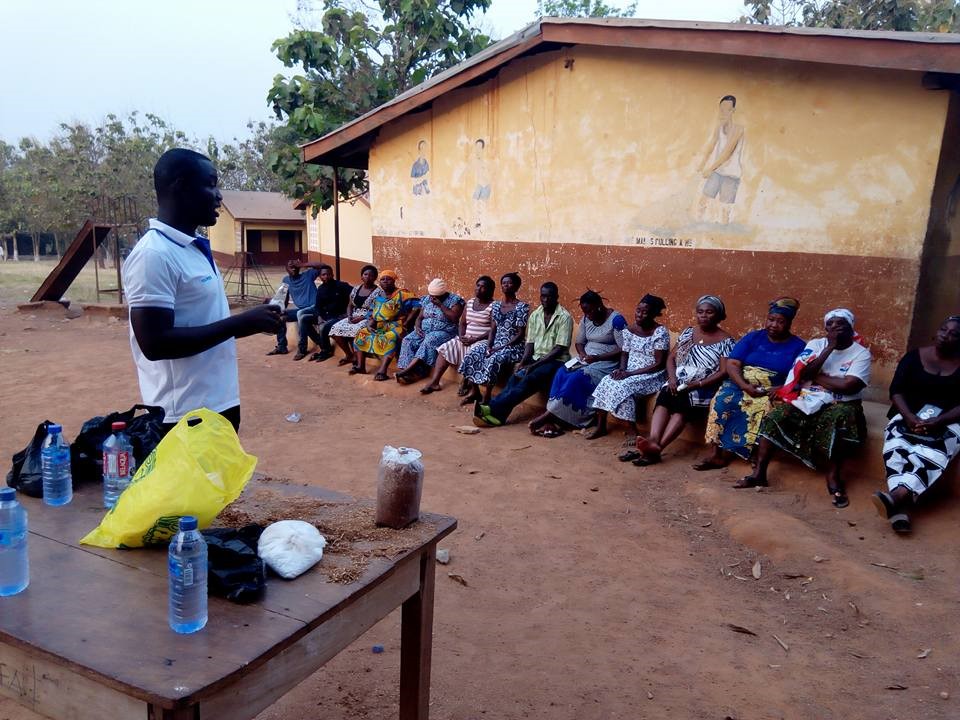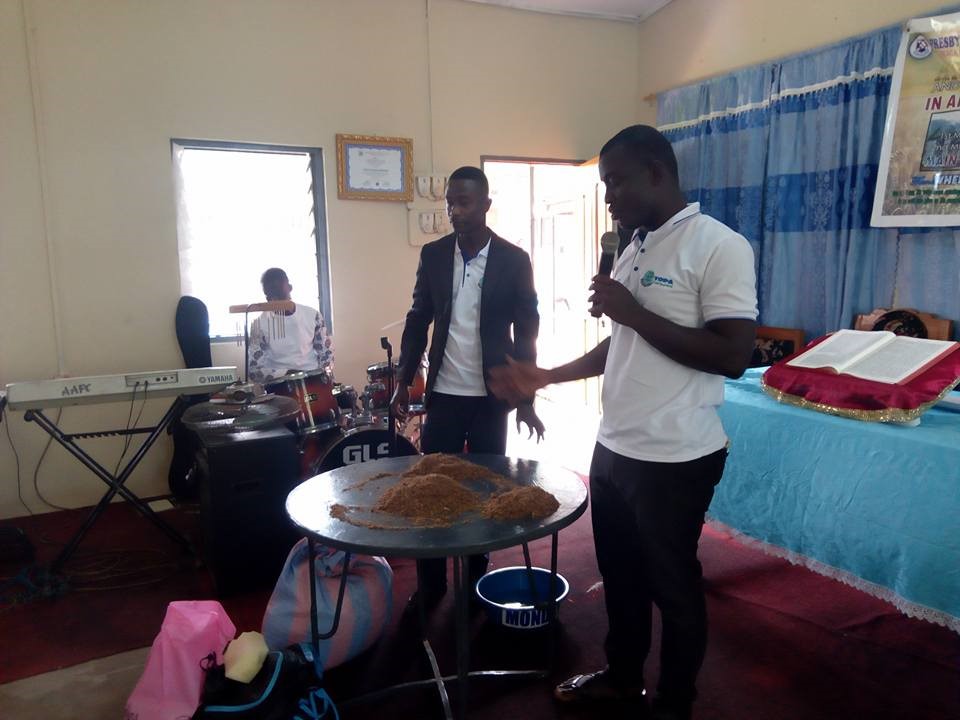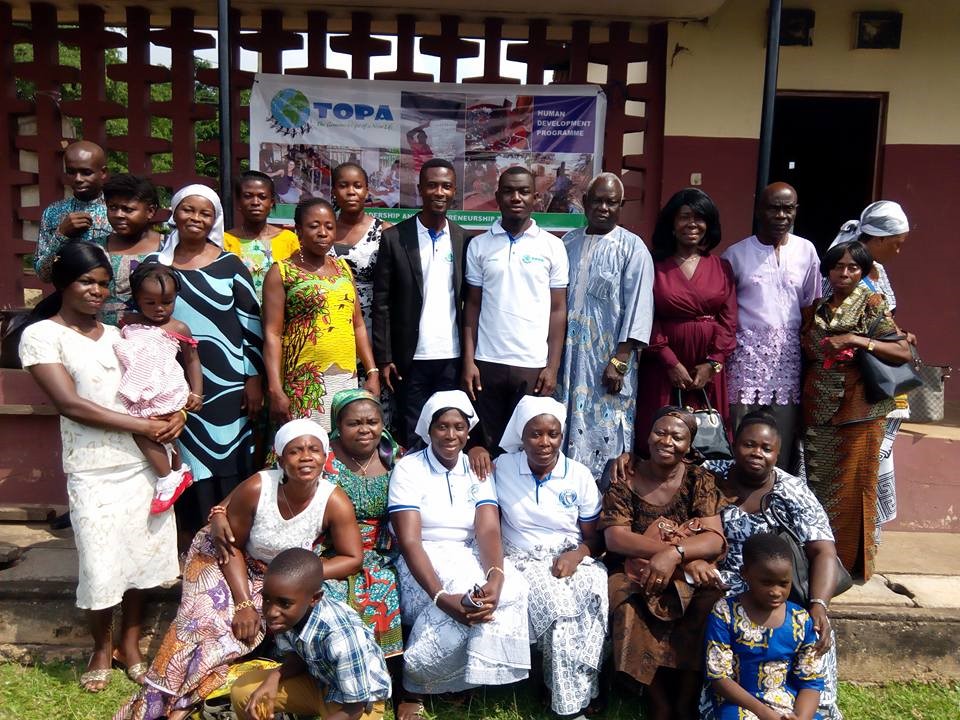OYSTER MUSHROOM FARMING IN GHANA


Our study is to mitigate wood dust air pollution from a local sawmill and find a use for abundant sawdust of the Triplochiton scleroxylon known as African Whitewood from consumption of industrial wood products. Magin (2001) states that mitigating wood waste is the key to meet efficiency of primary wood utilization and reduce environmental impact in Africa (Magin, 2001). In Africa, wood waste contributes to severe environmental impacts and also leads to the rapid depletion of the country’s resources which constitutes a major setback to sustainable management. Therefore, wood waste is a major driving force to most of the environmental impact in the timber sector of Ghana (Eshun et al., 2011). That African Whitewood sawdust is normally burned and produces thick smoke which causes serious air pollution and severe respiratory problems for local community members. Therefore, disposing of the sawdust has become another major challenge to the community. To mitigate this environmental issue, wood dust was utilized as the substrates can be used for growing organic oyster mushrooms farming. Mushrooms have higher protein content than any other vegetable product and contain a high concentration of essential vitamins and minerals and they can be grown on a variety of waste products including straw, sawdust, coconut coir, cotton waste and banana leaves (Eshun et al., 2011).
Overview
Proposed project to sustainably produce healthy vegetables to support school feeding programs in Ghana using hydroponics.


In this project, we attempted to reuse wood waste/sawdust (1 ton) with 4kg of wheat bran and 20kg of Epsom salt to create soil for organic oyster mushroom farming. Only a small amount of land is required for mushroom cultivation and, when the system has been established, cultivation is relatively simple with techniques and equipment (Block, Tsao, & Han, 1958). We followed six steps including compositing the substrate, bagging, sterilizing, spawning/inoculation, spawning / incubation, cropping and harvesting. Our experiment with wooddust based soil supports maintaining appropriate temperature (65 – 70 F) for growing mushrooms with a normal production cycle (30 days) with ingredients/soil mixing for composting every 6-7 days in order to maintain pH and moisture levels. The purpose of composting was to aid in fungi and bacteria break down and convert the raw materials of the substrate into a more easily accessible nutrient for the growth of mushrooms. However, during the inoculation and spawning, we experienced difficulty to maintain the appropriate soil pH for mushrooms (6-7 pH) and moisture level (65-75%) so that incubation and cropping were not successful. In conclusion, we learned that it is necessary to measure pH and moisture of wood dust soil in order to maximize mushroom production. As a continuing investigation, we are developing microsensors with a raspberry pie to measure pH and moisture level to determine appropriate production steps (compositing the substrate, bagging, sterilizing, spawning / inoculation, spawning running / incubation, cropping and harvesting). This ling of research and development will contribute to making an ideal condition for fungi and bacteria to break down and convert the raw materials of the substrate.


